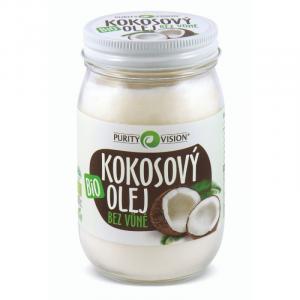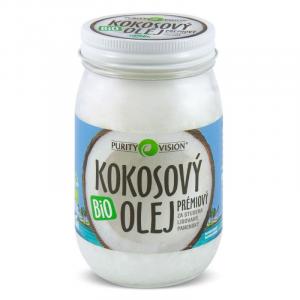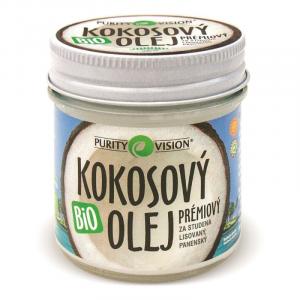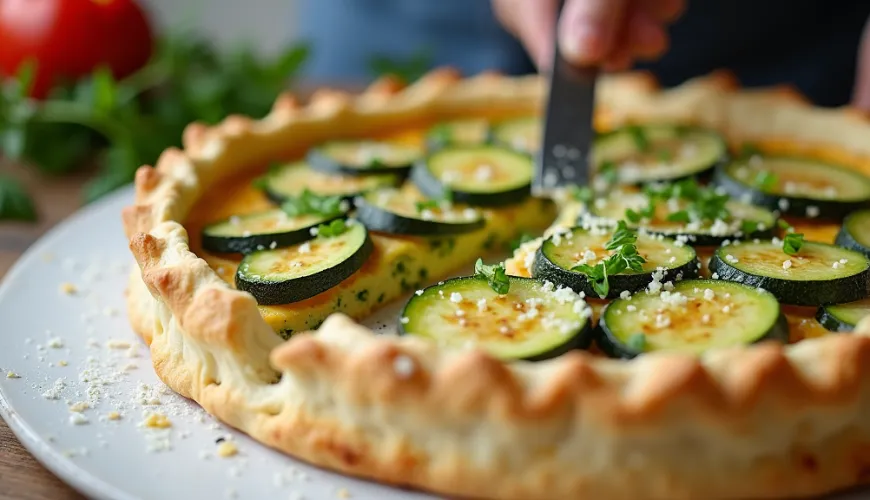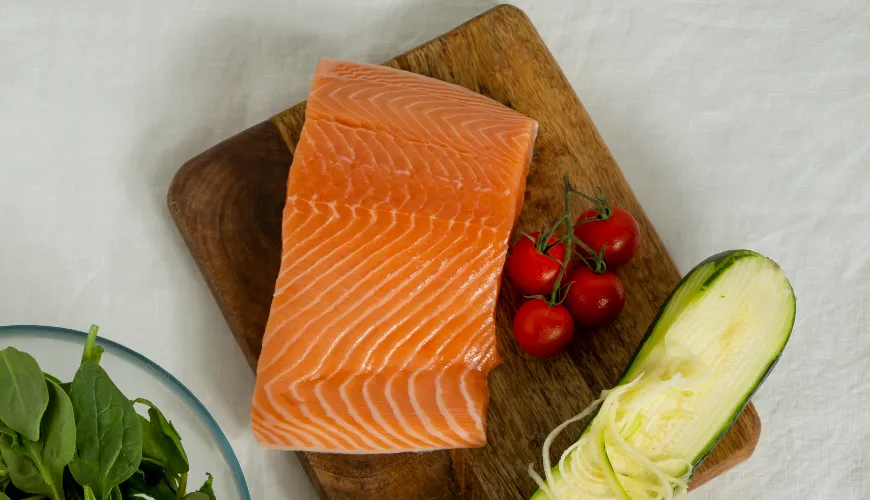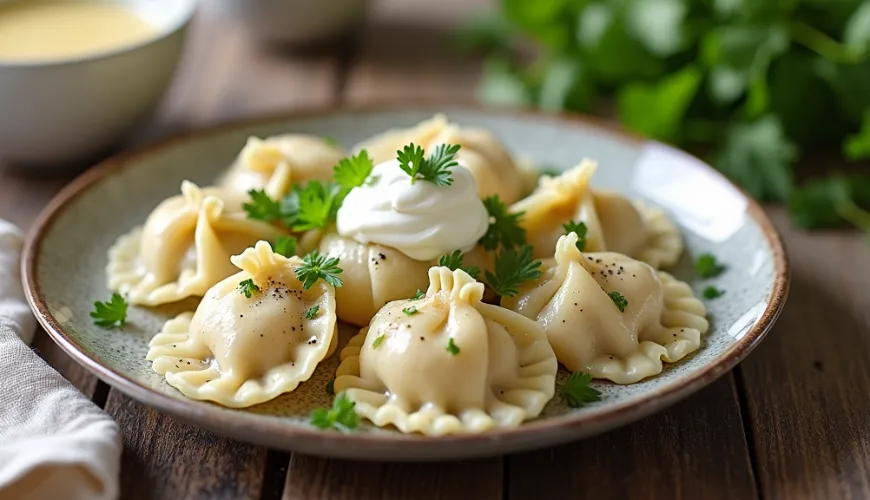
Kadayif noodles will transform your cooking and delight every diner.
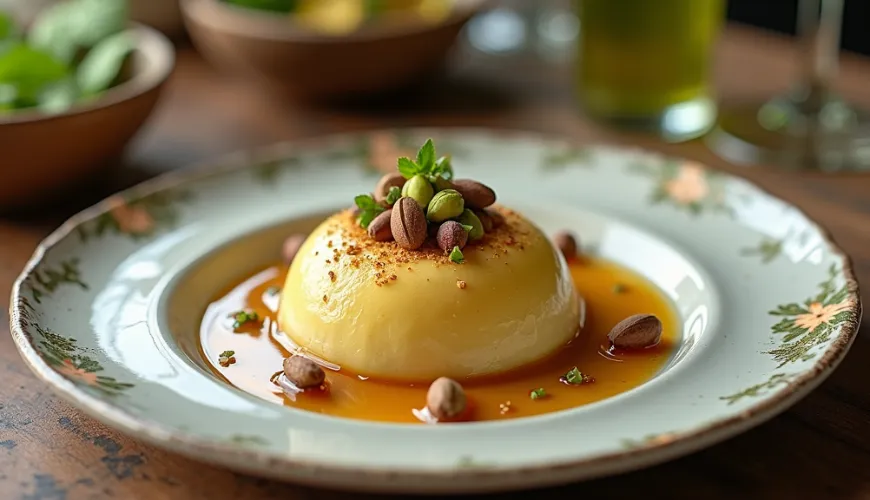
When you think of a traditional Turkish dessert, most people immediately think of baklava – layered pastry, nuts, and sweet syrup. But right next to it stands another gem of oriental confectionery that has been winning the hearts of not just Middle Eastern cuisine lovers in recent years: kadayif. This dessert, resembling nests made of thin noodles, is gaining popularity in Europe as well. You may have heard of it, or you may not – but if you're tempted to try something new, kadayif is definitely worth getting to know better.
What is kadayif and why should you be interested?
Kadayif (sometimes spelled as kadaif or kadajif) generally refers to very thin noodles made from wheat flour, something between pasta and fibrous dough. In Turkish, Greek, Lebanese, and Balkan cuisines, it is primarily used to prepare a dessert of the same name – a crispy, sweet, and aromatic dish, which is baked or fried and then soaked in a sugar syrup with lemon or orange water. It is often filled with chopped nuts – usually pistachios or walnuts – or served with cream or curd.
Kadayif is sometimes described as "baklava with noodles," but that would be a bit unfair. Compared to classic baklava, it offers a different taste experience: a lighter texture, crispier crust, and gentler layering of flavors. And this is where the magic of the kadayif dough itself shines through.
Kadayif dough - a unique ingredient with many possibilities
Kadayif dough is distinctive in its appearance and texture. It resembles very fine hair noodles or silky threads. It is made from simple ingredients – typically wheat flour, water, and sometimes a bit of starch – but the production process is demanding and requires expertise. In its original form, the dough is poured in a thin layer onto a hot rotating surface, where it dries into fine fibers that are then hand-collected and formed into "noodles."
At home, making it is almost impossible – it requires special equipment and technique. Therefore, most people turn to ready-made kadayif noodles, which can be purchased at oriental or specialty stores when preparing this dessert.
The question of where to buy kadayif dough is likely to arise for anyone who decides to try making an oriental treat at home – and the good news is that it's no longer a big deal. In recent years, this unconventional ingredient, which used to be somewhat exotic here, is appearing more frequently in stores. Probably the easiest way is to head to specialty stores with Middle Eastern or Balkan foods – where chances are greatest.
But surprisingly, it can also be found in some Asian food stores, which often have a cleverly expanded range, or perhaps in health food stores, where more and more international cuisine products are appearing. And if you don't feel like running around town, there's nothing easier than going online – some e-shops focused on ecological and authentic cuisine, like Ferwer, normally offer kadayif. So even if it may not seem like it at first glance, you can have your dough for baklava or kunefe at home, perhaps even before your cake finishes baking.
Be sure to check whether it's fresh or frozen dough. Frozen kadayif noodles need to be properly thawed before use, while dry versions need to be briefly moistened to make them easy to work with.
What kadayif recipes are worth trying?
Kadayif is not just one dessert – it's actually a whole category of dishes prepared with this dough. Traditionally, kadayif is baked in a large tray, where the noodles are layered with butter, filling, and finally soaked with syrup. The result is a golden, crispy cake that is cut into portions. One of the most famous versions is called künefe – originating from southeastern Turkey and filled with melted cheese, similar to our Balkan cheese.
Other popular variants include:
- Nut kadayif – layered with crushed pistachios or walnuts, topped with fragrant syrup.
- Kadayif nests – individual portions shaped into small baskets, ideal for a festive table or as a gift.
- Mini kadayif rolls – the dough is filled, rolled up, and baked until golden.
- Savory versions – a lesser-known but very tasty variant, where the dough is filled with cheese, spinach, or meat.
In any case, kadayif is prepared with great care. The dough needs to be thoroughly brushed with quality butter or ghee to separate properly during baking and achieve the right crispiness.
Kadayif and a healthy lifestyle? Yes, but with moderation
It's true that kadayif is rich in fats and sugars – after all, it's a dessert. But as with other traditional sweets, it all depends on moderation. In small amounts and with quality ingredients, kadayif can be a part of a balanced diet.
Especially if you use organic butter, natural cane sugar, fresh nuts, and sweeten the syrup with honey or agave syrup, you'll get a dessert that not only delights the taste buds but also avoids unnecessary additives and industrial substitutes.
An interesting tip might be to use plant-based alternatives instead of traditional butter – such as coconut oil – or to use nut butters as a base for the filling. There are no limits to creativity, and that's the charm of kadayif: you can tailor it precisely to your taste and lifestyle.
Try our natural products
How kadayif charmed a Czech family
Let's imagine a typical Czech kitchen. A mother is looking for a new recipe for a festive weekend lunch. Instead of the traditional apple pie, she tries making kadayif with pistachios based on friends' recommendations. She orders a pack of dough online, and it arrives within two days. The preparation itself is surprisingly easy – the dough is spread on a tray, layered with nuts, baked, and then soaked with syrup with a hint of rose water. The result? The family is thrilled. The children ask for seconds, the husband adds the recipe to his favorites, and kadayif becomes a staple at family celebrations.
A simple story, but it shows how easily a traditional ingredient from another culture can become part of our menus. As the famous chef Yotam Ottolenghi said: "Food is a bridge between cultures, and kadayif is one of the most delicious."
Why give kadayif a chance?
At first glance, it may seem like an exotic affair, but kadayif is actually surprisingly versatile, accessible, and tasty. Whether you're looking for a new dessert for a celebration or just want to enrich your repertoire with something unusual, kadayif dough and its associated recipes can pleasantly surprise you. Moreover, it's a beautiful example of how traditional cuisines of different nations can enrich ours – without compromising on taste or quality.
So if you're tempted to try something new, maybe now is the perfect time to ask yourself: "Why not bake a kadayif dessert today?"
